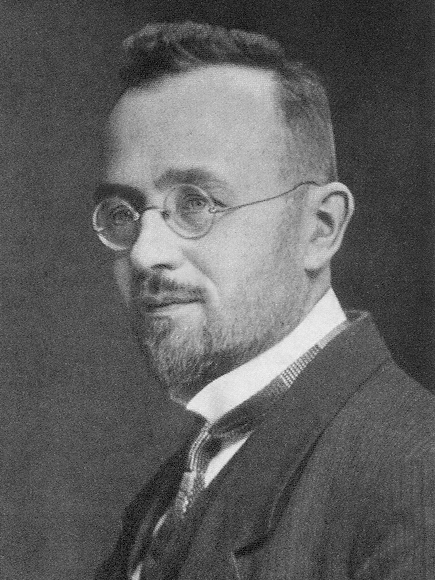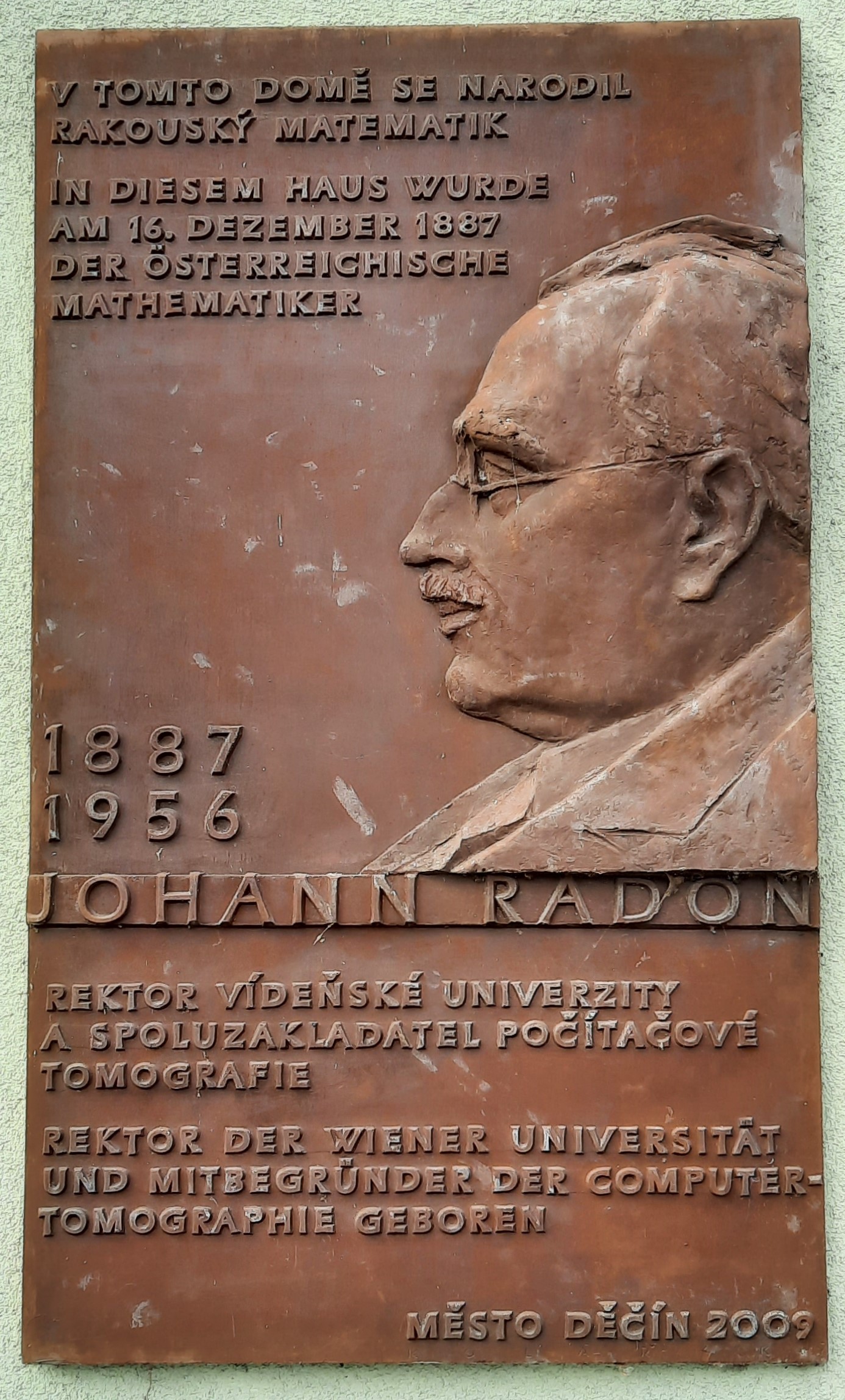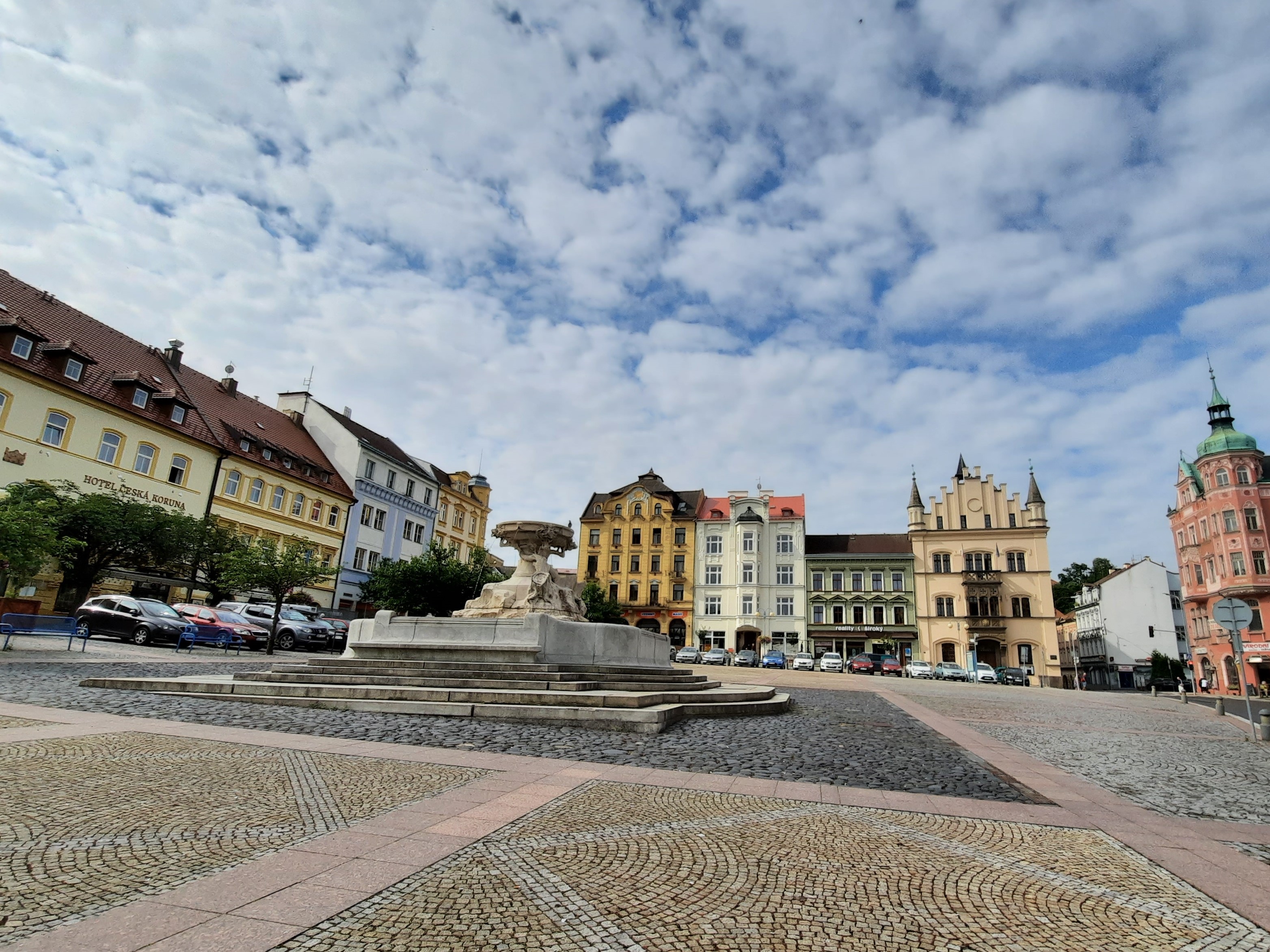Radon was born into the family of a bank clerk in Děčín. After his father retired, the family moved to Litoměřice, where Radon attended the grammar school. After graduating from the University of Vienna with a degree in mathematics and physics and completing a scholarship in Göttingen, he took a position at the German Polytechnic in Brno in 1911. However, he soon took the opportunity to return to Vienna, where the University of Vienna awarded him a private associate professorship in 1913 in recognition of his habilitation thesis entitled The Theory and Application of Absolutely Additive Set Functions (Theorie und Anwendungen der absolut additiven Mengenfunktionen).
During his career he worked at universities in Hamburg, Greifswald, Erlangen and, for the longest time of all, between 1928 and 1945, as a full professor at the University of Wroclaw. At the end of the war he fled from there to Innsbruck and then in 1946 again settled in Vienna. There, he served as dean and later as rector of the university. Radon was also a long-standing member of the Austrian Academy of Sciences, was their chairman of their mathematics and physics sections (1952–1956), and was the president of the Austrian Mathematical Society from 1948 to 1950. He died in Vienna in 1956.
Radon laid the foundations for the future general theory of measure and the integral and his results contributed to the development of linear functional analysis. He developed affine differential geometry and worked on Riemannian geometry and convexity, as well as on matrix theory. He is primarily associated with the Radon transformation, which is used in computer tomography, and also Radon’s theorem in geometry, while the Radon-Nikodym theorem of measure theory is also important.
The plaque was installed at the instigation of Děčín Regional Museum; the unveiling ceremony in 2009 was attended by its author, the medal-maker Zdeněk Kolářský, and especially by the descendants of Johann Radon. The right-hand part of the plaque comprises a relief of Radon’s profile, while on the left there is a bilingual inscription commemorating the importance of this Děčín-born scientist.








